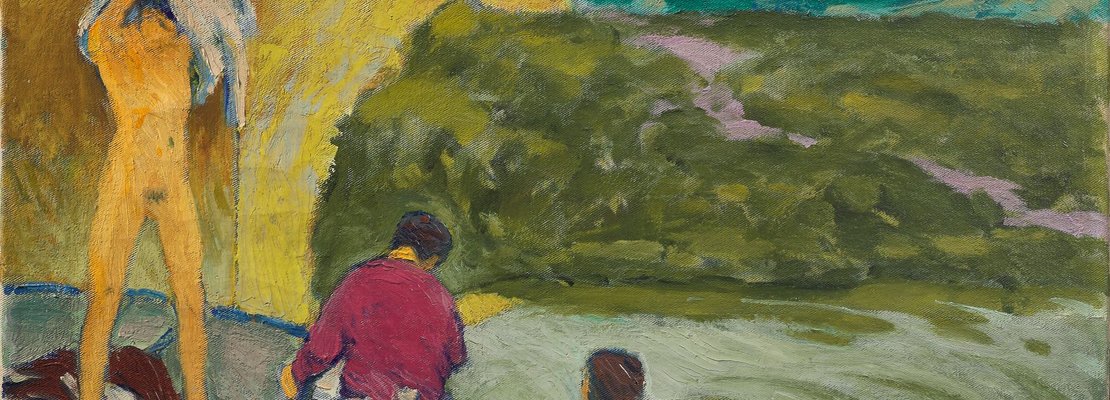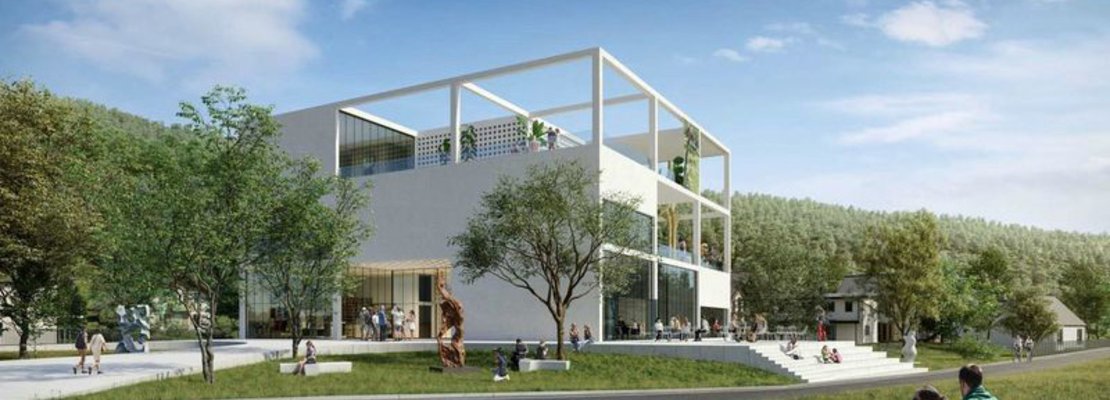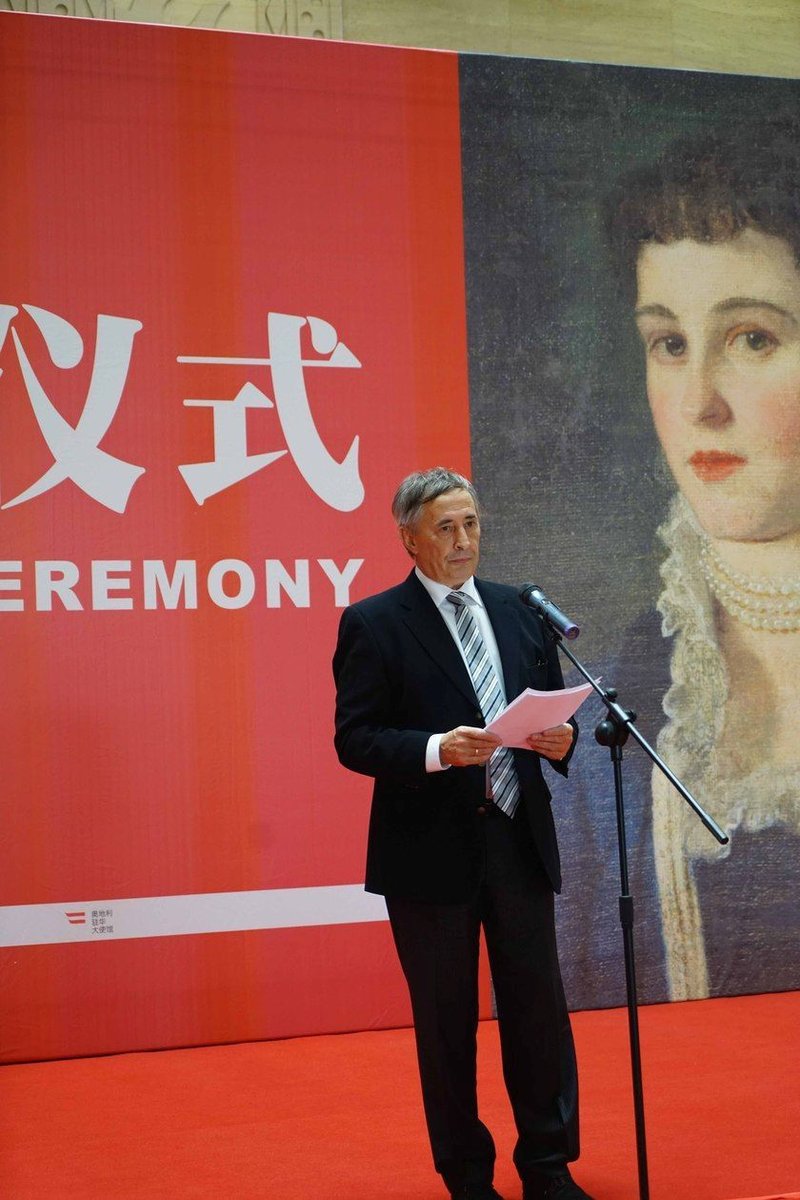Josef Schütz is a native of Upper Austria, who grew up in Walding near Linz and at the tender age of twelve already discovered his love of art and not merely that, but also his entrepreneurial gene. On his bicycle the youngster sought out local farms and purchased rural art objects such as glass bell jars containing figures, which he then sold on at an appropriate profit to art and second-hand goods dealers in Linz. Spurred on by this success, collecting and trading became a passion, which was to last a lifetime.
Although due to the inspiration provided by a family acquaintance, the young Josef Schütz wanted to learn to be a cook and waiter, sign on to a ship’s crew and work hard in order to subsequently build up his own shipping line, his future turned out very differently. In fact, he became an engineer, went abroad, founded his own construction company in Upper Austria and over the years transformed his art-collecting hobby into his profession.
Furthermore, even though at first glance his business career could lead one to another conclusion, it actually shows that building and art have more in common than one might think, at least with regard to Josef Schütz. Design and quality are values that run through his entire professional life, which basically began with an advertisement from the “Land in Sunshine” organisation, which was seeking young, ambitious, well-educated people for an assignment in Africa. Josef Schütz replied and in 1973 travelled to South Africa to join the respected HochTief construction concern. He quickly became the group’s youngest site manager with responsibility for large-scale projects in Cape Town, Johannesburg and Windhoek.
However, “Land in Sunshine” not only searched in Austria for young recruits for employment in Africa, but also in Switzerland and Germany, and it was precisely this fact that Josef Schütz has to thank for his private happiness because the woman who was to become his wife was German and not Austrian.
Irene had been trained in Würzburg as a biomedical analyst and worked in the central blood bank of the Bavarian Red Cross before she too moved to Johannesburg, where in 1975 she met Josef Schütz. After only a few weeks they agreed to travel into the future together, which as they state unisono has proved to be a good and fulfilling decision and is also something that is more than confirmed by a glance at their life’s work.
Initially, the young couple even toyed with the thought of founding their own company in South West Africa and in concrete terms this idea related to the creation of a brick works in Windhoek. However, after careful consideration and the weighing up of the pros and cons, in 1976 Josef and Irene Schütz decided to leave South Africa and switch the middle point of their lives to Upper Austria.
Barely a year after returning to his homeland, in 1977 Josef Schütz and a partner formed their own construction company. Reitermayr & Schütz subsequently developed in splendid fashion and again left the enthusiastic businessman more time to dedicate to his hobby of art collecting. In fact, not only was every free minute devoted to the topic of art, but also every schilling that could be spared was invested in the purchase of artworks. It was this enthusiasm and delight in art that over the years led to the creation of one of the most important art collections of international repute in Austria. Today, the collection consists of over 600 pictures, some thirty sculptures and Jugendstil glass.
In 1995, Josef Schütz’s passion for collecting and his enchantment with beauty in combination with his intrinsic entrepreneurial spirit culminated in a decision to open a gallery in Linz. Then in 2000, at the age of only forty-six, Josef Schütz handed over the flourishing construction firm to his younger brother Erwin and with his wife determined to dedicate himself from then on solely to art. This resolve went hand in hand with the transfer of the gallery from Linz to Vienna in order facilitate better participation in the national and international art markets.
When asked about the recipe of success for his gallery, Josef Schütz replied, “The business model is very simple, one must place the customers in the foreground, provide them with good; no I must correct myself, excellent service and convince them with quality.” The Gallery Schütz does not sell decoration, but rather valuable art and as was the case with the construction company, its claim is to have an obligation to top standards and a responsible and careful approach to the money of its clients. As a result, the Schütz family is proud of the fact that since the foundation of the gallery until today is has not received a single complaint, let alone been involved in a legal dispute. Furthermore, it derives pleasure from the fact that over the years customers have become friends.




